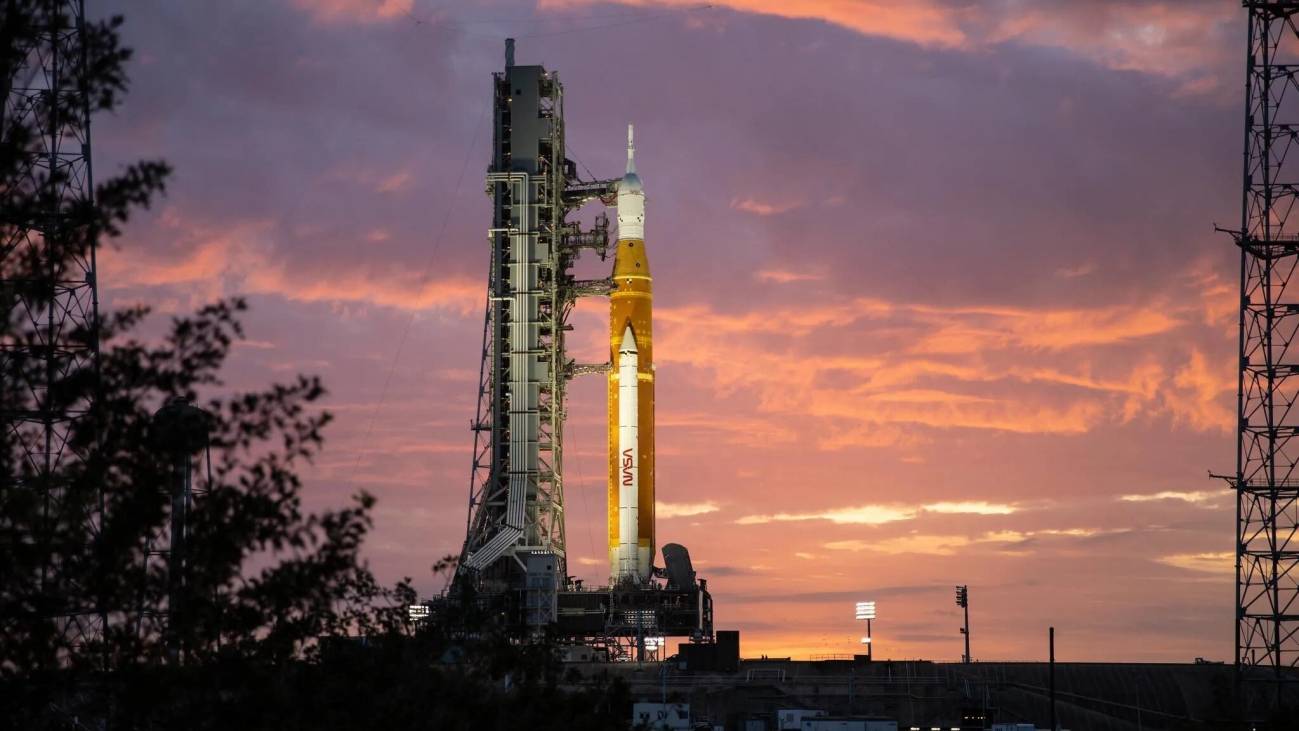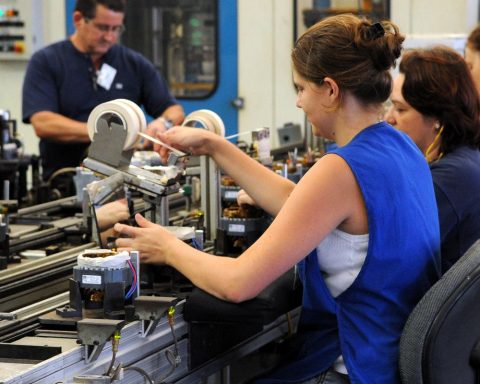This was indicated by NASA in its blog about Artemis in the most recent update, where it does not rule out the takeoff on the next day 23.
According to the blog, technicians built a tent-like enclosure around the work area to protect hardware and equipment from weather and other environmental conditions on Launch Pad 39B, Cape Canaveral, in Florida.
They also disconnected the rocket-side and ground-side plates at the interface, an operation called a quick disconnect, for the liquid hydrogen fuel feed line. They also performed initial inspections and began replacing two fuel tank seals.
Once the work is complete, engineers will reconnect the plates and conduct initial tests to evaluate the new seals.
Meanwhile, the US space agency reported that it is “instructing the Artemis team to proceed with all necessary preparations for testing, followed by launch.”
Preparations include ensuring adequate supplies of propellants and gases used in tank operations, as well as planning flight operations for the mission.
NASA has requested two launch opportunities, one on the 23rd, with landing on October 18, and another on September 27, with landing scheduled for November 5.
A leak of liquid hydrogen during the fueling process of the rocket that, despite the “multiple efforts” made, could not be solved, forced last Saturday to stop the countdown about 3 hours before the scheduled time for the window of launch.
The SLS rocket and Orion spacecraft are in good condition while remaining on the launch pad, the update noted.
The first launch attempt was carried out on August 29, but was canceled due to a failure in one of the 4 RS-25 engines of the powerful SLS rocket, which is 98 meters high and cost about 4,100 million dollars.
The entrance NASA repairs failure and does not rule out that Artemis I will take off on the 23rd was first published in diary TODAY.

















